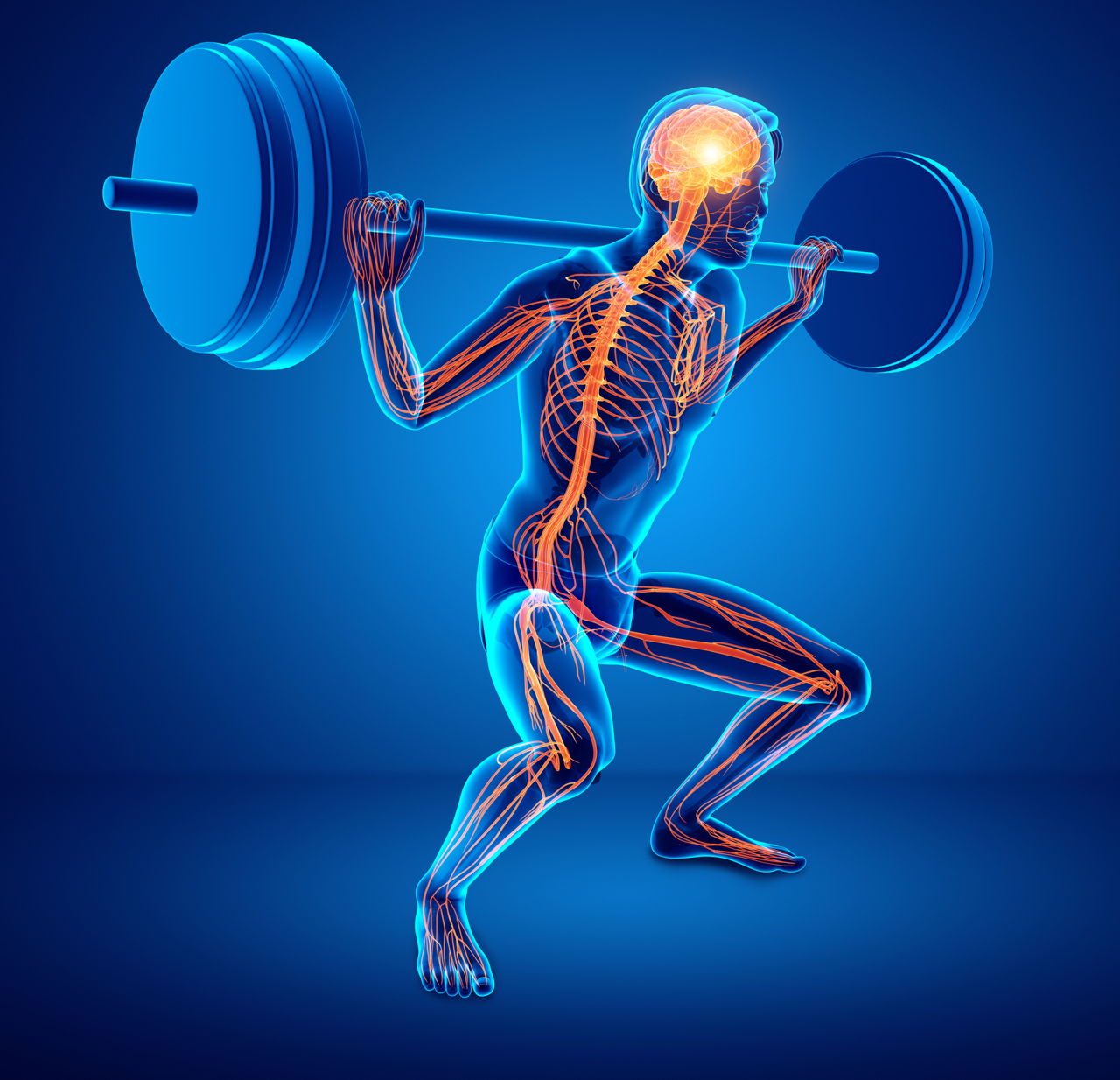Ouille! 44+ Faits sur Picture Of Nervus System! The part of the nervous system that controls voluntary movemen… regulates key involuntary functions of the body.
Picture Of Nervus System | The neurons conduct impulses and the neuroglia support and protect the neurons. However, these parts are usually indistinguishable. Homeostasis — cells — integumentary — nervous — senses — muscular — blood — cardiovascular — immune — urinary — respiratory — gastrointestinal — nutrition — endocrine — reproduction (male) — reproduction (female). The nervous system consists of the central and the peripheral nervous system. The human body has a central nervous system and a peripheral nervous system.
Nervous system with lymph nodes. The peripheral nervous system (pns) includes all the nerves that lie outside of the central nervous system. And the autonomic, or involuntary, component. Learn more about how the pns works. The nervous system is a complex collection of nerves and specialized cells known as neurons that transmit signals between different parts of the body.

The central nervous system is made up of the brain and spinal cord. Lovepik > nervous system images 3942 results. All parts of the nervous system influence each other. ← integumentary system — human physiology — senses →. Automatic motor reflex, nervous system, visceral nervous system, involuntary nervous system, peripheral nervous system control system below the level of consciousness to control visceral functions. Spinal nerves—one of 31 pairs of nerves that originate on the spinal cord from anterior and posterior roots. In biology, the nervous system is a highly complex part of an animal that coordinates its actions and sensory information by transmitting signals to and from different parts of its body. It gathers information from all over the body and coordinates activity. Motor nerves of the pns are classified on the basis of whether they stimulate skeletal muscle (somatic division) or smooth/cardiac muscle and glands. The nervous system can be divided into anatomic and functional parts; Learn more about how the pns works. The nervous system consists of the central and the peripheral nervous system. Homeostasis — cells — integumentary — nervous — senses — muscular — blood — cardiovascular — immune — urinary — respiratory — gastrointestinal — nutrition — endocrine — reproduction (male) — reproduction (female).
Homeostasis — cells — integumentary — nervous — senses — muscular — blood — cardiovascular — immune — urinary — respiratory — gastrointestinal — nutrition — endocrine — reproduction (male) — reproduction (female). Occupying much of the head in humans and protected by the skull in all vertebrates, it is. The nervous system can be divided into several connected systems that function together. Lovepik > nervous system images 3942 results. It gathers information from all over the body and coordinates activity.
There are a number of special receptors for the psns in your heart called muscarinic receptors. That suggests it is made of two organs—and you may not even think of the spinal. The central and peripheral nervous systems. ← integumentary system — human physiology — senses →. Two types of cells constitute the nervous system— neurons and neuroglia. Learn about pictures nervous system with free interactive flashcards. The cell body is located in either the brain or spinal cord and projects directly to a skeletal muscle. Learn more about how the pns works. In diffuse systems nerve cells are distributed throughout the organism, usually beneath the outer epidermal layer. The nervous system is a complex network of neurons and cells that carry messages to and from the brain and spinal cord to various parts of the body. These systems have specific functions, and can be affected by a below is a very involved picture of the anatomy of the spine. To make sense of the picture above, note the following… a neuron found in the parasympathetic nervous system has: It generates, modulates and transmits information in the human body.
The autonomic nervous system has two divisions: Cranial nerves—peripheral nerves originating at the brain. The picture on the left shows the somatic motor system. The part of the nervous system that controls voluntary movemen… regulates key involuntary functions of the body. The nervous system consists of the central and the peripheral nervous system.

The nervous system can be divided into several connected systems that function together. The central nervous system is also divided into two major structures. Occupying much of the head in humans and protected by the skull in all vertebrates, it is. However, these parts are usually indistinguishable. In biology, the nervous system is a highly complex part of an animal that coordinates its actions and sensory information by transmitting signals to and from different parts of its body. Motor nerves of the pns are classified on the basis of whether they stimulate skeletal muscle (somatic division) or smooth/cardiac muscle and glands. It gathers information from all over the body and coordinates activity. The nervous system is a complex network of neurons and cells that carry messages to and from the brain and spinal cord to various parts of the body. The cns is responsible for the control of thought processes, movement, and provides sensation throughout the body. ← integumentary system — human physiology — senses →. Automatic motor reflex, nervous system, visceral nervous system, involuntary nervous system, peripheral nervous system control system below the level of consciousness to control visceral functions. In this article, we will outline the stages involved in the development of the central nervous. The picture you have in your mind of the nervous system probably includes the brain, the nervous tissue contained within the cranium, and the spinal cord, the extension of nervous tissue within the vertebral column.
Picture Of Nervus System: Lovepik > nervous system images 3942 results.
Refference: Picture Of Nervus System